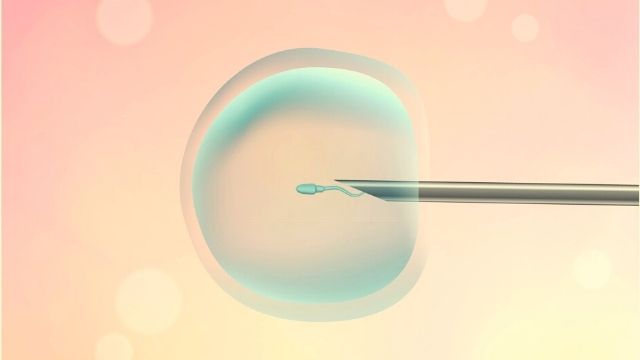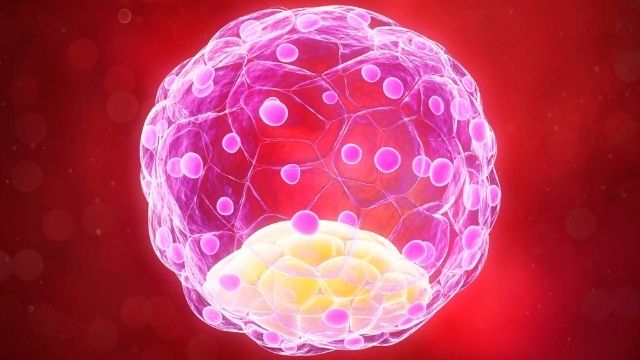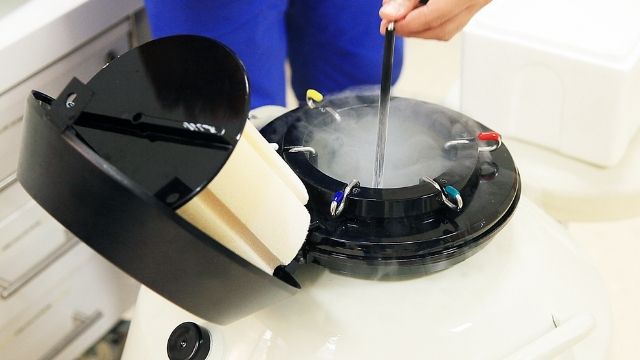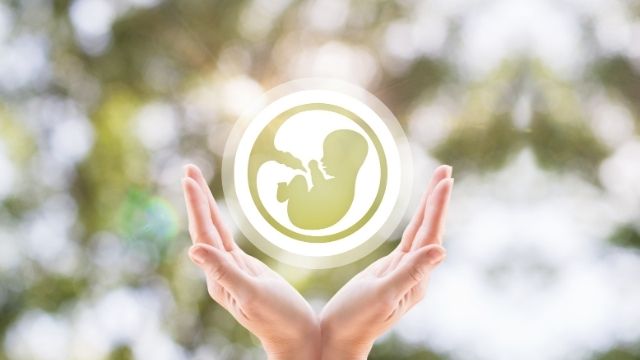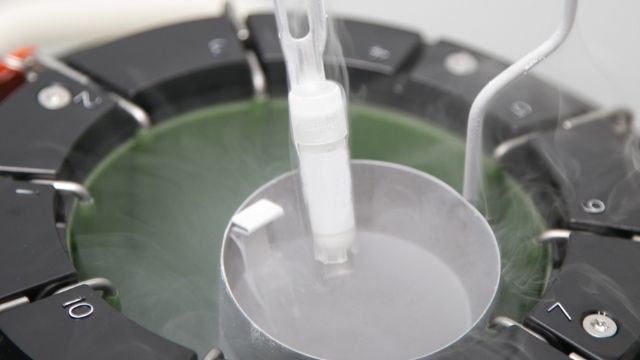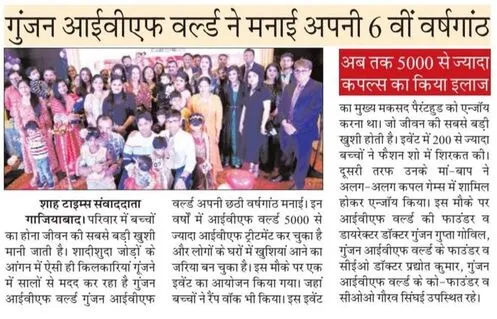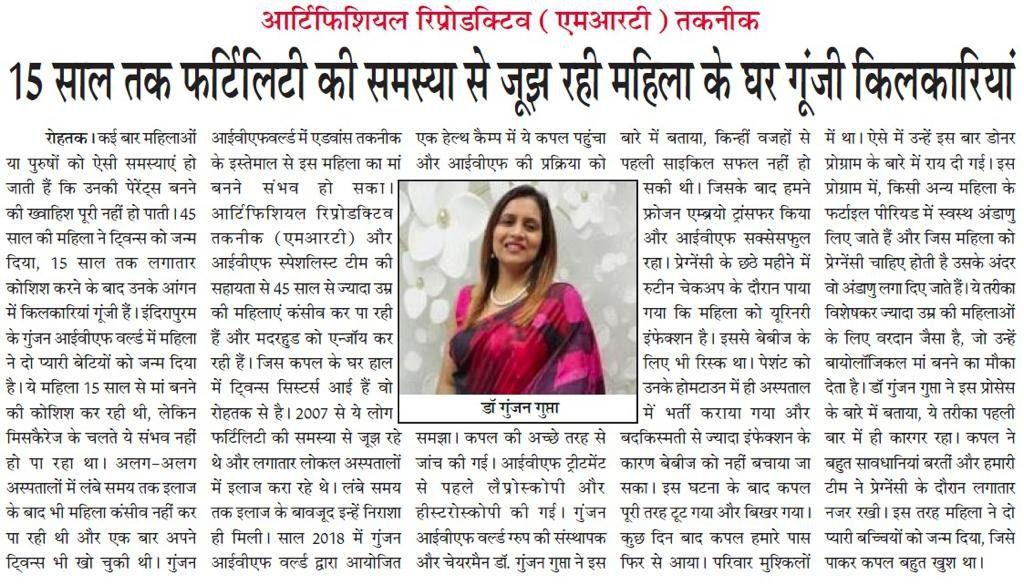Preimplantation Genetic Testing (PGT)

What is Preimplantation Genetic Testing?
Preimplantation genetic testing helps in identifying defects of genetics in the embryos. PGT has become an integral part of Assisted Reproductive Technology. With this test, doctors diagnose if there is any genetic disease in the person. It helps to avoid the passing of any genetic condition to the child.
Only unaffected embryos are allowed to transfer for implantation in the uterus. It is to be remembered that negative PGT tests don’t guarantee that the newborn will take birth with zero birth defects.
Everything You Need to Know About Preimplantation Genetic Testing
Difference between PGD and PGS | Advantage PGD | Disadvantages PGD | PGS For Me | PGD and PGS Safe
Difference Between PGD And PGS
Preimplantation genetic diagnosis (PGD) helps to determine if the baby to be born of the embryo is also carrying the genetic abnormalities that are running in the family. It applies to situations where parents have a known genetic abnormality. If a family has a history of muscular dystrophy, sickle cell anemia, and cystic fibrosis, doctors recommend this test for them.
A PGD is done to check for a genetic condition in an embryo when it is known that both or one genetic parent has some genetic abnormality.
Whereas, Preimplantation genetic screening (PGS) applies to the couple with normal genes, but the embryo has a chromosomal abnormality. It is done to screen the embryo in order to check if there’s any genetic abnormality in an embryo before the transfer.
Preimplantation genetic testing involves the following steps:
It starts with the process of in vitro fertilization. In a laboratory, egg retrieval and fertilization will be done. The cell division of the embryos will start within the next three to five days. After this,
- The doctor removes a few cells from the embryo by laser biopsy and then freezes the embryos.
- After this, they evaluate the cells for determining the inheritance of a problematic gene in the embryo. It takes ten to twenty days.
- After the identification of genetic problems free embryo, the doctors will place it in the uterus.
- They freeze and keep the healthy embryos for the later pregnancy. It takes some weeks. It can take several weeks for getting the final results.
Sub Treatments For IVF
We are one of the Best IVF Clinic in Delhi NCR!
51.8K
Subscribers
4.6 (383 reviews)
4.5 (409 reviews)
3.5 (254 reviews)

5 Out Of 5
What are the Advantages of preimplantation genetic diagnosis?
There are some advantages of PGD which include the following.:
- With the test of PGD, doctors can detect hundreds of abnormal conditions of the gene. They can offer this to families with a history of single genetic defects which include sickle cell anemia, cystic fibrosis, and muscular dystrophy.
- The doctor performs this procedure before transferring and implanting the embryo and allows the couple to think about the pregnancy.
- It increases the chances of a healthy pregnancy by screening and diagnosing all kinds of genetic abnormalities.
What are the Disadvantages of PGD?
- PGD cannot remove the risk of conceiving a child with the genetic disorder completely, but it can only reduce the risk.
- With some genetic diseases, the carrier can develop the symptoms in their middle age. Then you need to discuss it with your doctor or physician.
Is PGS Right for me?
The doctors recommend this test for the parents who have no abnormalities in the gene. The other conditions are that the age of the woman needs to be thirty-eight years or more, the couple must be interested in transferring a single embryo and have a history of failed IVF or miscarriage or failed implementation. In such cases, the doctor may recommend PGS to you.
Is embryo biopsy, PGD, and PGS safe?
If you want to know about the safety of PGD, embryo biopsy, and PGS, the answer is yes. According to the result of PGD in animals and several human live births, PGD has no record of increasing birth defects. The alteration between the removal of trophectoderm cells of the early embryo and the development of the embryo’s ability into normal pregnancy is not possible.
You need to take or consult a genetic counsellor or doctor if you are considering testing PGD.
Read the Full Article and Gain Valuable Insights.
Patient Testimonials
It’s always the word of mouth that’s the best advice
Published On: 3 Dec 2018
London to Gunjan IVF: Mrs. Pragya's journey of parenthood |Treated for pregnancy care | Gunjan IVF
Published On: 7 Oct 2018
We are pregnant!! | Pregnancy after Fibroid Removal Treatment (Myomectomy)| Gunjan IVF World

Erica Benn
It was such a nice experience with Dr. Gunjan and how she tackle our case. I must recommend this clinic as one of the best IVF clinic in Delhi-NCR. Thanks to Dr. Gunjan to give me my motherhood.

Nitesh Kumar Thakur
Gunjan IVF World in Indirapuram, Ghaziabad is the best hospital for surrogacy and ivf services in Delhi-NCR. Dr. Gunjan Gupta is founder and director of Gunjan IVF World. Gunjan IVF is the best ivf center in Indirapuram , Ghaziabad. Treatments at affordable prices.

Akansh Garg
Dr gunjan gupta is one of best gyne in delhi ncr especially in ghaziabad she explains each n everything very clearly to avoid any confusion. staff is very supportive n helpful.

Manisha Pathak
Went for treatment at various places in Delhi since 2012. Then came to know about Gunjan IVF. Started treatment in October 2020. The treatment is going on and we are quite hopeful. Gunjan ma'am is a very good doctor who treated me well and the staff are also very good and helpful.

Erica Benn
It was such a nice experience with Dr. Gunjan and how she tackle our case. I must recommend this clinic as one of the best IVF clinic in Delhi-NCR. Thanks to Dr. Gunjan to give me my motherhood.

Nitesh Kumar Thakur
Gunjan IVF World in Indirapuram, Ghaziabad is the best hospital for surrogacy and ivf services in Delhi-NCR. Dr. Gunjan Gupta is founder and director of Gunjan IVF World. Gunjan IVF is the best ivf center in Indirapuram , Ghaziabad. Treatments at affordable prices.

Akansh Garg
Dr gunjan gupta is one of best gyne in delhi ncr especially in ghaziabad she explains each n everything very clearly to avoid any confusion. staff is very supportive n helpful.

Manisha Pathak
Went for treatment at various places in Delhi since 2012. Then came to know about Gunjan IVF. Started treatment in October 2020. The treatment is going on and we are quite hopeful. Gunjan ma'am is a very good doctor who treated me well and the staff are also very good and helpful.
Our Expert Team
Dr. Gunjan Gupta Govil
Founder & Director
Founder, Director & Gynaecologist with specialization in IVF, Infertility & Laparoscopy of 20+ years of experience.
(20+ years of experience)

Dr. Pradyot Kumar
Founder, CEO and a specialized Neurosurgeon who is an expert in complex Brain and Spine surgeries.
(25+ years of experience)

Mr. Gaurav Singhai
COO and an entrepreneur who co-founded Gujan IVF world along with Dr Gunjan and Dr Pradyot.
(5+ years of experience)

Paritosh Sarkar
Embryologist
He is a highly experienced and successful Embryologist with more than 10 years of experience in IVF.
(10+ years of experience)
Patient Guide
Along with treating our patients, we also guide them with the help of our educational blogs and videos.
Educational Blogs

Why do blastocyst not implant?
The reasons for an unsuccessful implantation are very uncommon and rare as well. Blastocyst provides a greater chance of becoming pregnant therefore the procedure is handled properly as well.

What happens after blastocyst transfer?
Before jumping to the immediate question first let’s have a small brief of what is blastocyst transfer. Blastocyst transfer is the transfer of embryos that have achieved a higher stage of development.

Can blastocyst fall out?
Maximum patients worry about what they can do or cannot do after an embryo transfer. They have the fear that if they do something wrong, the embryo would not attach or fall out.
Educational Videos
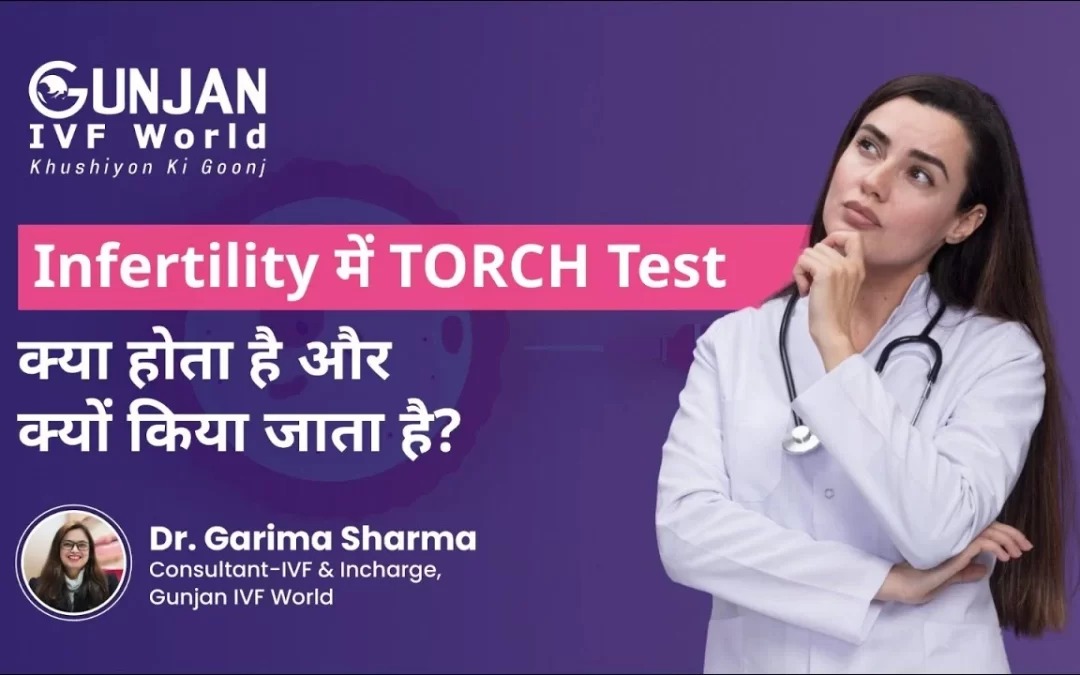
What is TORCH test in infertility and why is it done?
There are numerous tests that are available to infertile couples that are recommended by some doctors, which might help them determine the cause of their infertility. One such test is the TORCH test.

What is Prolactin Hormone?
Prolactin is a hormone produced by the pituitary gland present at the brain’s base. It is best known for its role in lactation, or milk production, in breastfeeding women.However, Prolactin also plays other important roles in both men and women, such as regulating the immune system, stimulating the growth of new blood vessels, and influencing behaviour and reproductive function. In this blog, we will explore what Prolactin is, how it works, and what happens when there are imbalances in prolactin levels.
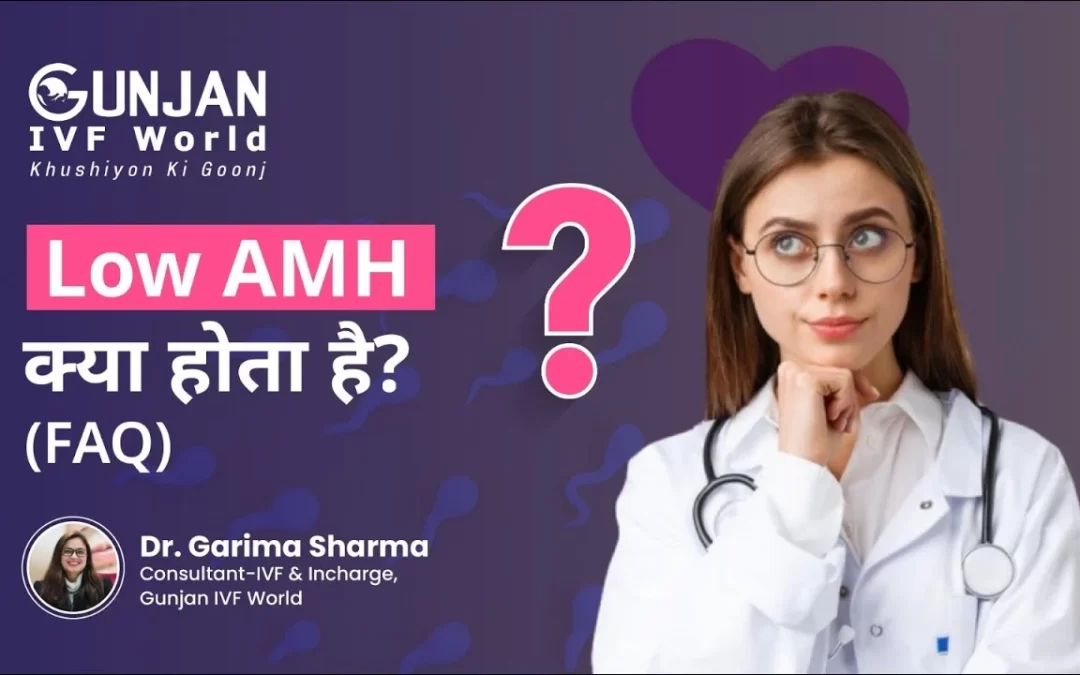
Frequently Asked Questions about Low AMH
Primordial and Preantral follicles produce AMH. So the AMH level indicates the number of eggs or egg reserves you have in your ovary. Putting simply, if your AMH level is low, then the number of eggs in your ovary is less.
Frequently Asked Questions
Does testicular temperature have an impact on male fertility
IVF specialists of the best IVF centre in Ghaziabad – Gunjan IVF World share an informative blog on one of the most ignored factors of male infertility. It is an alarming fact to...
Is male menopause a myth or reality ?
IVF specialists of the best IVF centre in Ghaziabad – Gunjan IVF World debunk the myths about male menopause through this informative blog Menopause as a term is extremely common...
Can smoking cause fertility problems in men?
IVF specialists of the best IVF centre in Ghaziabad – Gunjan IVF World share valuable insights on how smoking leads to infertility in men. Becoming parents is one of the greatest...


